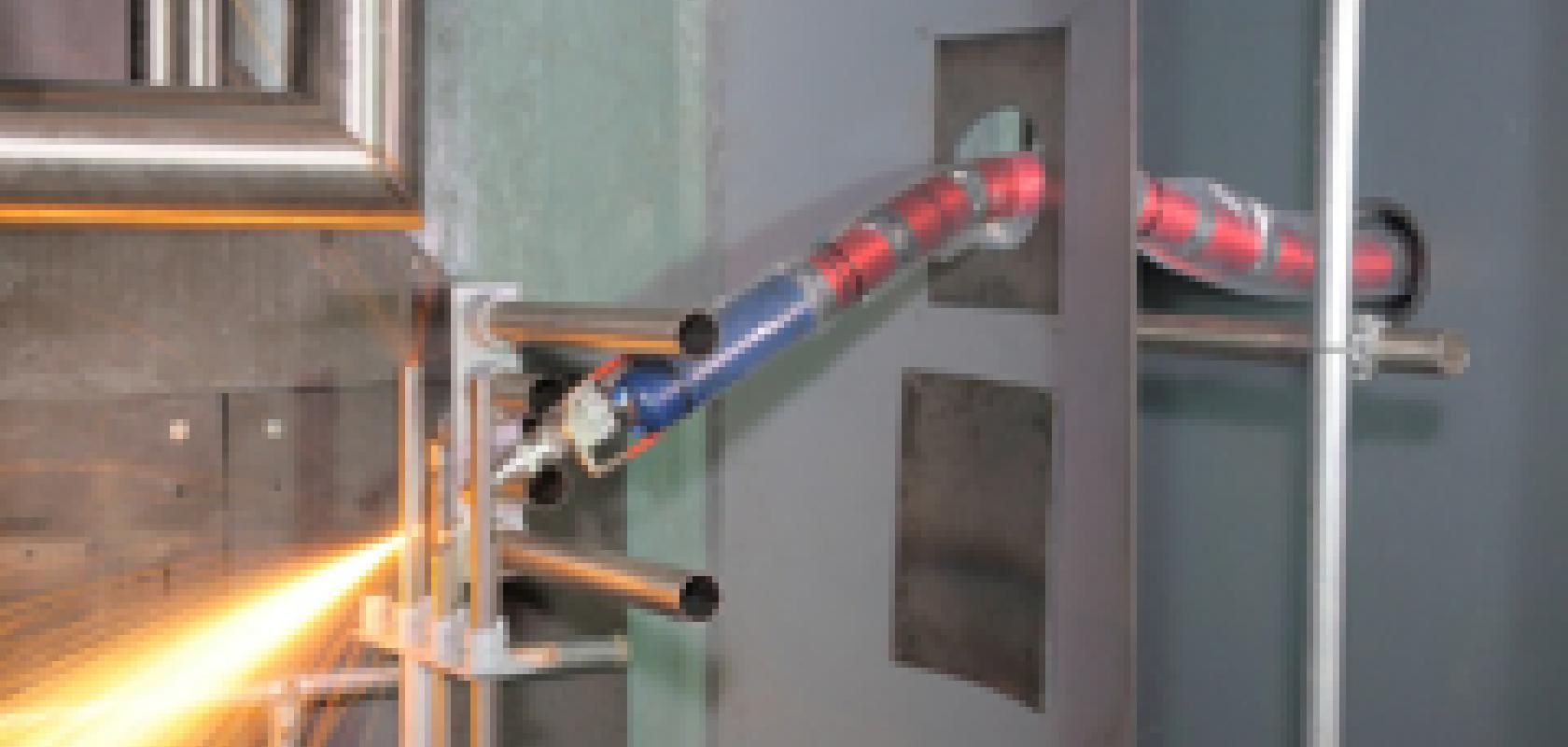A three-year project to develop high-powered laser cutting systems and robots for remote nuclear decommissioning is now beginning with £31 million in UK government funding.
Called LaserSnake2, the project's aim is to produce laser-cutting technologies and new, larger, snake-like robots and to demonstrate these at various nuclear facilities. In this way, nuclear site companies will be able to see the capabilities and benefits of the new systems and to examine the data that contributes to the establishment of a safety case for using the technology in nuclear power stations.
The success of the LaserSnake feasibility study, initiated and carried out by OC Robotics and The Welding Institute (TWI) under the auspices of the Technology Strategy Board (TSB), the UK’s innovation agency, led to the establishment of the LaserSnake2 project.
TWI, OC Robotics, ULO Optics, Laser Optical Engineering and the National Nuclear Laboratory, will collaborate on LaserSnake2. The £31 million includes grants of £5.8 million from a programme jointly funded by the TSB, the UK government's Department of Energy and Climate Change, Engineering and Physical Sciences Research Council and Nuclear Decommissioning Authority.
At present there is no standard deployment of remote cutting technologies that can be cost-effectively applied in high-hazard environments. LaserSnake2 will address the issue by conducting research with two types of robot – one for open access spaces and one for confined spaces – equipped with high power lasers for cutting contaminated material. The approach has the potential to increase safety and reduce decommissioning timescales and costs.
The objectives of LaserSnake2 are to:
- Develop long-reach, snake-arm robots for hazardous and confined spaces, in air and underwater;
- Develop laser cutting optics for safe, remote cutting in air and water – focusing on nuclear decommissioning;
- Consider the regulatory and certification issues associated with tele-operated delivery of laser cutting solutions for the nuclear industry; and
- Combine snake-arms and mobile robots to create a mobile platform for exploration of complex spaces.
The demonstration phase for LaserSnake2 will be presented on behalf of all the project partners in 2015 at TWI near Cambridge, with a follow-on road show at a number of nuclear sites.
Further Information


